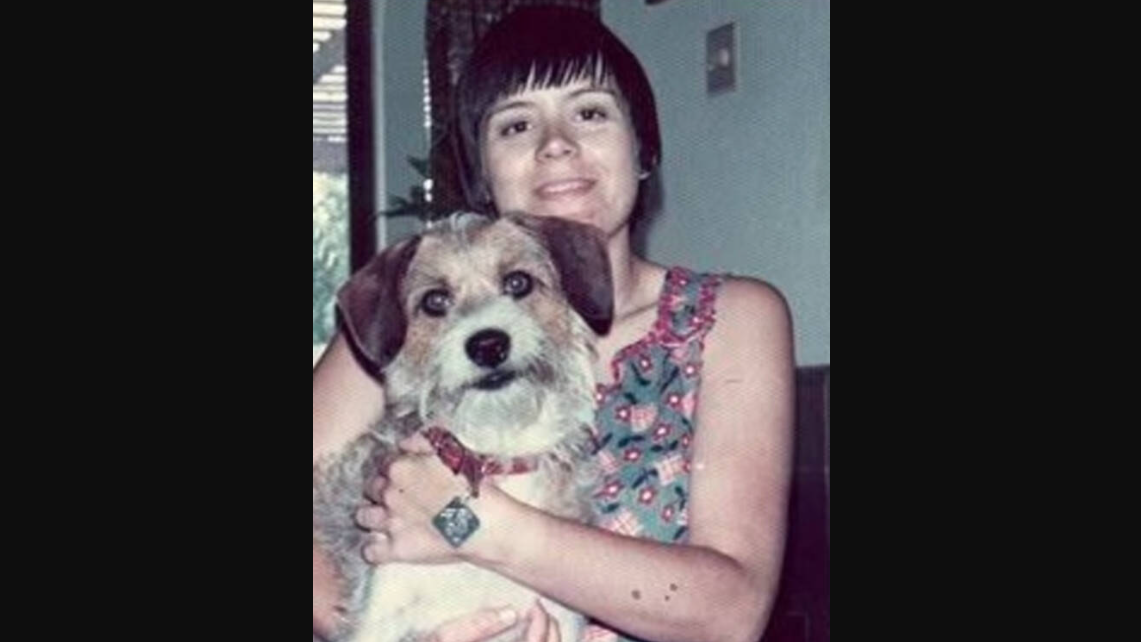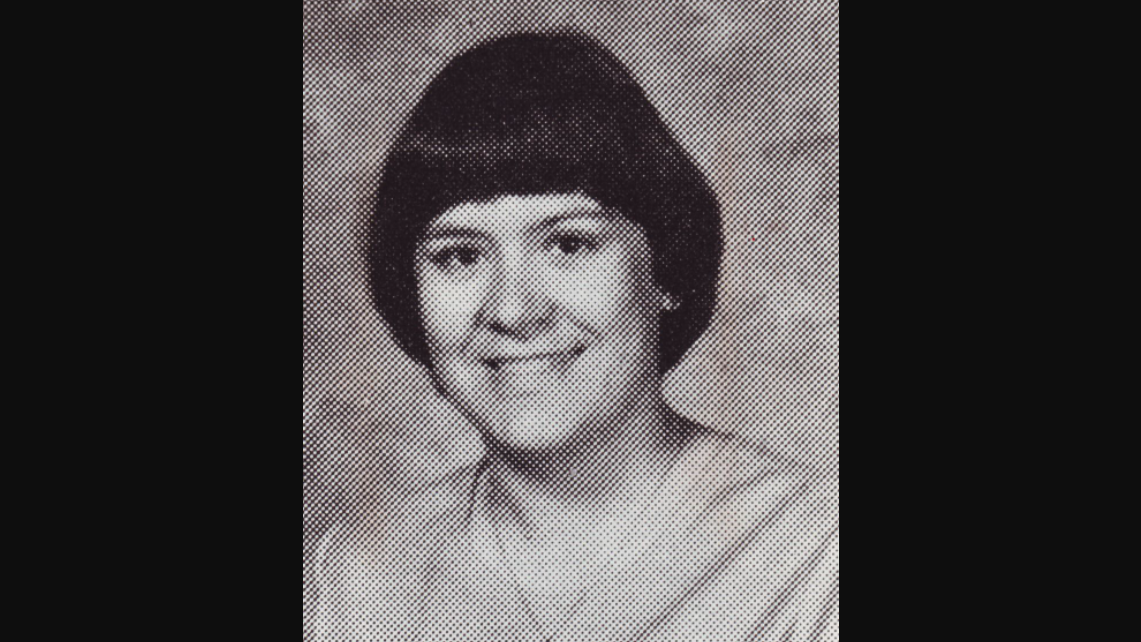With true crime-based drama series garnering a lot of global attention over the past couple of years, it’s no surprise that every major streaming service is jumping on the bandwagon. Thus, Hulu and HBO Max are no different in their endeavors to explore tales just as messy as they are intriguing, as evidenced in ‘Candy’ and ‘Love & Death,’ respectively — the retelling of Betty Gore’s horrific 1980 homicide. Now, if you wish to learn all the vital details of this heinously bloody matter, including the victim’s background, the circumstances surrounding the same, and its aftermath, we’ve got you covered.
How Did Betty Gore Die?
Born in 1950 as the first of three children, Betty Gore (née Pomeroy) had always led a rather good life, especially with her conventionality frequently making her the center of attention. This aspect didn’t waver while she was in college either, where Betty fell in love with the teacher’s assistant in her math class, Allan Gore, only to marry him following a short yet sweet romance in 1970. The Norwich, Kansas native then moved around a bit with her growing family before settling down in Collin County, Texas, and taking up a teaching job at a nearby Wylie elementary school.

As a working mother of two, Betty had a lot on her plate, but what really put a strain on her life was the postpartum depression she suffered after giving birth to her second daughter in 1979. She didn’t want to be alone even for a single night, which meant that when Allan had to travel out of town — to St. Paul, Minnesota — for a weekend for work in the summer of 1980, Betty wasn’t happy. This, combined with his wife’s usual routine of keeping their girls busy, is why Allan initially did not worry when his wife didn’t pick up his expected call from the airport on June 13, 1980.
However, because Allan continued to get no response from Betty as the evening passed by, he grew anxious and contacted neighbors to check their residence, just for it to reveal her remains. In the utility room of 410 Dogwood Street, the 30-year-old was found lying in a literal pool of her blood — Betty had been slashed 41 times, nearly mutilated, with a 3-foot-long ax. The right side of her face, along with parts of her limbs, was utterly gone, yet what’s more baffling is that her younger daughter was at home the entire time, safe inside her crib in another room.
Candy Montgomery’s Acquittal in Betty Gore’s Slaying
Candace “Candy” Montgomery, whom Betty had gotten close to upon meeting at a First United Methodist Church of Lucas service, was reportedly behind the senselessly vicious slaying. Candy was admittedly the last person to see Betty alive, making her the prime suspect. However, the latter’s accounts of what’d transpired and her connection to the Gore family were unchanging in every police interview. Therefore, it was only once Allan conceded to having had an affair with Candy months prior to the incident, did the authorities manage to figure out a possible motive.

Following Allan’s confession to the affair, the authorities moved forward with Candy’s arrest on the charge of murder on June 27, 1980. Candy pleaded not guilty before she was allowed to be released on bail, so the strategy of arguing self-defense during her jury trial was a bit puzzling to many. Plus, while fingerprints, footprints, and testimonies concerning the homemaker’s behavior on that fateful day were brought forward by the prosecutors in court, Candy took to the stands in her own defense.
Candy insisted she’d gone to the Gore residence to get Allan and Betty’s elder daughter’s swimsuit because she’d stayed the night with her kids and planned to stay another, but it soon turned into more. Betty confronted Candy about her affair with Allan, the latter testified, which soon led to an altercation. Candy then alleged that Betty threatened to strike her with the ax she kept at home in hand.
According to Candy’s account, the whole situation compelled her to fight for the weapon and then use it on Betty in the same manner, leading to her brutal death — the then-30-year-old asserted she didn’t plan any of this ahead of time. Hence, on October 29, 1980, with a polygraph test (done before the trial) backing her statements, the jury found Candy not guilty in relation to Betty’s murder.
Read More: Where is Candy Montgomery Now?


You must be logged in to post a comment.